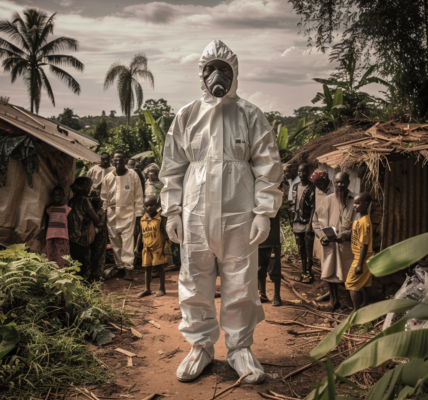India’s Finance Minister Highlights Commitment to Preventing Cervical Cancer Through Vaccination Program
Cervical cancer is a prevalent issue affecting women globally. According to the World Health Organisation (WHO), an estimated 604,000 women were diagnosed with cervical cancer in 2020, with approximately 342,000 succumbing to the disease. Despite its common occurrence, cervical cancer is highly treatable, especially when detected early.
In her address during the presentation of the Interim Budget for 2024, Finance Minister Nirmala Sitharaman highlighted the government’s commitment to promoting vaccination for girls aged 9 to 14 years to prevent cervical cancer. The introduction of an India-made quadrivalent vaccine as a twin-dose regimen for adolescent girls was also proposed by the Centre last year.
Causes of Cervical Cancer
The primary cause of cervical cancer is the human papillomavirus (HPV), responsible for 99% of cases. HPV is a common sexually transmitted infection that affects the throat, genitals, and skin. While most individuals may contract the virus without displaying symptoms, persistent infection can lead to the development of abnormal cells, potentially progressing to cancer.
Factors such as young motherhood, use of hormonal contraceptives, smoking, and other sexually transmitted infections elevate the risk of cervical cancer. Additionally, weakened immune systems can expedite the progression of abnormal cells to cancer, shortening the typical 15-20 year period to 5-10 years.
Symptoms and Treatment
Common symptoms associated with cervical cancer, as identified by the WHO, include unusual bleeding between periods, after menopause, or post-sexual intercourse, as well as increased or foul-smelling vaginal discharge. Other indicators encompass persistent pain in the back, legs, or pelvis, weight loss, fatigue, loss of appetite, vaginal discomfort, and swelling in the legs.
Early diagnosis through medical examination is crucial for confirming the presence of cervical cancer. Treatment options may involve surgery, radiation therapy, chemotherapy, or a combination of these approaches, depending on the stage and progression of the disease.





